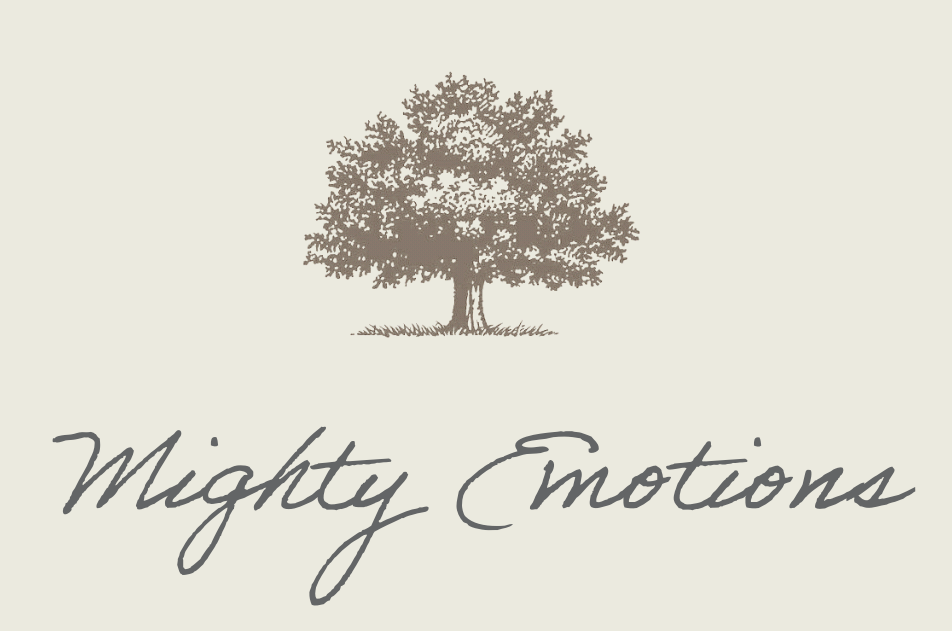Understanding the 7 Core Emotions: A Guide to Emotional Intelligence
Emotions are fundamental to the human experience. Defined as “an instinctive or intuitive feeling,” emotions play a crucial role in how we navigate our lives. Yet, despite their importance, there is considerable debate among experts about what constitutes core emotions. In her insightful book Atlas of the Heart, Brené Brown highlights the complexities of emotional research, which spans medical, psychological, and philosophical perspectives. While some researchers suggest there are as few as seven or as many as twenty-seven distinct emotions, many agree on seven core emotions linked to universal facial expressions.
The Seven Core Emotions
American psychologist Paul Ekman has identified these seven emotions as critical to our survival and emotional health. Taking Dr. Ekman’s model as a starting point, my own research has found that these are the most observed core emotions—sadness, anger, guilt, shame, fear, disgust, and alignment. Let’s explore each emotion and its significance in our lives.
1. Sadness
Sadness often accompanies change and loss, starting from our earliest moments of separation from the safety of the womb. This emotion serves as a guide during times of transition, allowing us to recalibrate our emotional states. How we respond to sadness is shaped by our early experiences; for some, it evokes sympathy, while for others, it may lead to suppression. Embracing sadness can be uncomfortable yet comforting, reminding us of our inherent need for connection and validation.
2. Anger
Anger is a powerful emotion that can provoke a strong physical reaction, including increased heart rate and energy surges. It often carries a negative stigma, leading people to confuse it with feelings of irritation or frustration. However, anger can be a vital indicator of unmet needs and boundaries. When processed healthily, it can serve as a catalyst for change and self-assertion. Recognizing and expressing anger constructively can prevent it from turning into resentment or destructive behavior.
3. Guilt
Guilt arises when our actions conflict with our personal or societal values. It can motivate us to act with integrity and mend relationships. However, it’s essential to distinguish between guilt rooted in our actions and guilt stemming from others’ reactions. Understanding this distinction empowers us to set healthy boundaries without the weight of misplaced guilt.
4. Shame
Shame serves as a reminder of our inherent worthiness. It often reflects our internal judgments and societal narratives about ourselves. When we allow external opinions to define our self-worth, we risk falling into a cycle of unhappiness. Recognizing and processing shame can help us reclaim our sense of self and foster a healthier self-image.
5. Fear
Fear is a natural response to perceived threats, both physical and psychological. It keeps us alert and aware of potential consequences, guiding our decision-making processes. While it can sometimes lead to avoidance, facing our fears can clarify our values and strengths. Rather than viewing fear as a weakness, we can learn to use it as a tool for growth and preparation.
6. Disgust
Disgust often manifests as indignation or disappointment when our expectations aren’t met. This emotion reflects our mental models of what is acceptable, and it can lead to judgment or resentment if not processed mindfully. Understanding the roots of our disgust can lead to greater self-awareness and the ability to let go of rigid beliefs, fostering a more compassionate worldview.
7. Alignment
Alignment represents a state of calm and peace, achieved through conscious effort and self-awareness. It’s not merely the absence of negative emotions but a recognition of our capacity to live in the present moment. Cultivating alignment involves acknowledging our challenges and celebrating the growth that comes from overcoming them. It encourages us to embrace serenity as a vital part of our emotional landscape.
The Emotions and Feelings Wheel
One practical tool for navigating our emotional landscape is the Emotions and Feelings Wheel, developed by psychologist Dr. Robert Plutchik. At the center of the wheel are the core emotions, with more specific feelings radiating outward. This visual representation helps us differentiate between our core emotions and the nuanced feelings that stem from them, enhancing our emotional literacy.
Conclusion
Developing emotional intelligence is an essential part of personal growth. By understanding and embracing these seven core emotions, we can foster deeper self-awareness and healthier relationships. Emotions are not to be feared or suppressed; they are valuable guides that, when processed mindfully, can lead to profound healing and empowerment.
As you embark on your journey of emotional exploration, remember that each emotion has its place and purpose. By sitting with your discomfort, facing your internal narratives, and making conscious choices, you’ll cultivate a richer, more fulfilling life. Embrace the power of your emotions—they are the keys to unlocking your true self.
To learn more about each core emotion and find activities to help you be less negatively impacted by them, head to mightyemotions.com/book.
